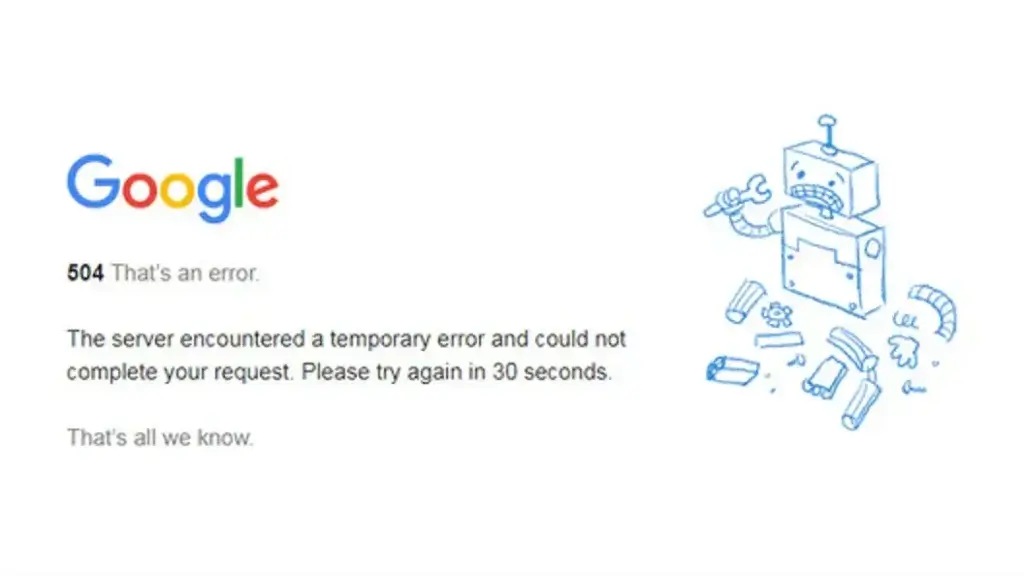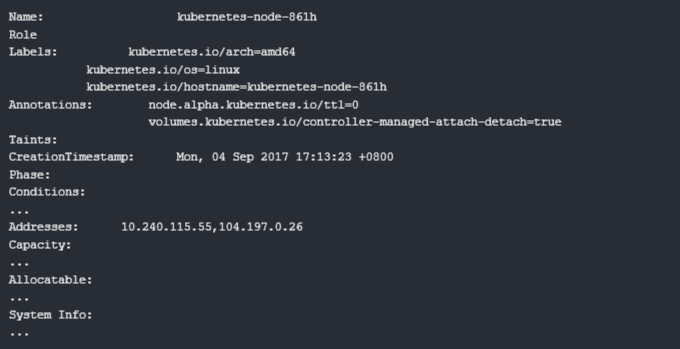What are 5xx Server Errors?
5xx server errors are HTTP status codes that indicate that the server was unable to fulfill a request made by the client. The “5” in 5xx indicates that the error is caused by a server-side problem. The specific code in the 5xx range indicates the type of error that occurred. For example, a 500 error means there was a generic server error, while a 503 error means the server is temporarily unavailable.
What Does 5xx Server Error Mean?
A 5xx server error means that the server was unable to complete the request due to an error on its end. These errors can occur for a variety of reasons, including server overload, software bugs, network issues, and more. Some common types of 5xx errors include:

- 500 Internal Server Error: A generic error message indicating that something has gone wrong on the server-side.
- 502 Bad Gateway: A server-side error indicating that a server acting as a gateway or proxy has received an invalid response from an upstream server.
- 503 Service Unavailable: A server-side error indicating that the server is temporarily unable to handle the request due to overload or maintenance.
- 504 Gateway Timeout: A server-side error indicating that a gateway or proxy server did not receive a timely response from an upstream server.
Causes of 5xx Server Errors:
There are many possible causes of 5xx server errors, including:
- Server overload due to high traffic or resource-intensive requests.
- Software bugs or errors in code.
- Network issues such as DNS problems or connectivity issues.
- Server misconfiguration or incorrect settings.
- Hardware failures or issues.
Server Overload
One of the most common causes of 5xx server errors is server overload. This occurs when a server is unable to handle the volume of requests it is receiving, either because of high traffic or resource-intensive requests. To prevent server overload, it’s important to optimize your website or application to reduce the load on your servers. This can include:
- Using caching to reduce the number of requests your server needs to handle.
- Reducing the size of your website or application by compressing files and images.
- Implementing load balancing to distribute traffic across multiple servers.
- Scaling up or down your infrastructure as needed to handle fluctuating traffic.
Software Bugs or Errors in Code
Another common cause of 5xx server errors is software bugs or errors in code. These can occur for a variety of reasons, including coding mistakes, compatibility issues, or unexpected interactions between different parts of your website or application. To prevent software bugs and errors, it’s important to:
- Use a consistent coding style and follow best practices for coding.
- Use automated testing tools to detect and fix bugs and errors.
- Implement version control to track changes to your code and easily roll back to previous versions if necessary.
- Use error tracking and monitoring tools to detect errors and issues as soon as they occur.
Network Issues
Network issues can also cause 5xx server errors, such as DNS problems or connectivity issues. To prevent network issues, it’s important to:
- Use reliable DNS providers and services to ensure your website or application can be accessed from anywhere in the world.
- Monitor network connectivity and latency to detect and resolve any issues before they affect your users.
- Use a content delivery network (CDN) to distribute your content across multiple servers and reduce the load on your main server.
Server Misconfiguration or Incorrect Settings
Server misconfiguration or incorrect settings can also cause 5xx server errors. To prevent server misconfiguration, it’s important to:
- Use a configuration management tool to automate and manage your server configuration.
- Keep your software and systems up to date with the latest security patches and updates.
- Follow best practices for server configuration and security, such as using strong passwords and disabling unnecessary services.
Hardware Failures or Issues
Hardware failures or issues can also cause 5xx server errors. To prevent hardware failures, it’s important to:
- Use high-quality hardware and regularly perform maintenance and updates.
- Monitor server health and performance to detect and resolve any hardware issues before they affect your users.
- Use redundant hardware or backup systems to ensure your website or application remains available in the event of a hardware failure.
Solutions and Prevention of 5xx Server Errors:
If you encounter a 5xx server error, there are a few steps you can take to troubleshoot and resolve the issue:
- Check your server logs: Check your server logs for any error messages or other indications of what might have caused the error.
- Verify your server configuration: Make sure that your server is configured correctly and that all settings are properly set up.
- Check your network: Verify that there are no network issues, such as connectivity problems or DNS issues, that could be causing the error.
- Optimize your website or application: Optimize your website or application to reduce server load and improve performance.
- Implement monitoring and alerting: Implement a monitoring and alerting system to quickly detect and resolve any 5xx errors that occur.
By taking these steps, you can prevent and resolve 5xx server errors and ensure that your website or application remains available and performs well for your users.

Read: Debugging 5xx Errors in Kubernetes Nodes
***
5xx server errors can be frustrating for both you and your users, but with the right knowledge and tools, you can prevent and resolve them quickly and effectively. Use the information and tips provided in this guide to identify the causes of 5xx errors, troubleshoot and resolve them, and implement best practices to prevent them from happening in the future. By taking these steps, you can ensure that your website or application remains available and performs well for your users. Remember, staying proactive and vigilant when it comes to 5xx errors can make all the difference in keeping your users happy and your business successful.
If you found this guide helpful, be sure to subscribe to our blog for more tips and insights on website and application development, server management, and more. Our team of experts is dedicated to providing you with the latest information and best practices to help you succeed in your online endeavors. Stay up to date with the latest news and trends by subscribing to our blog today.





